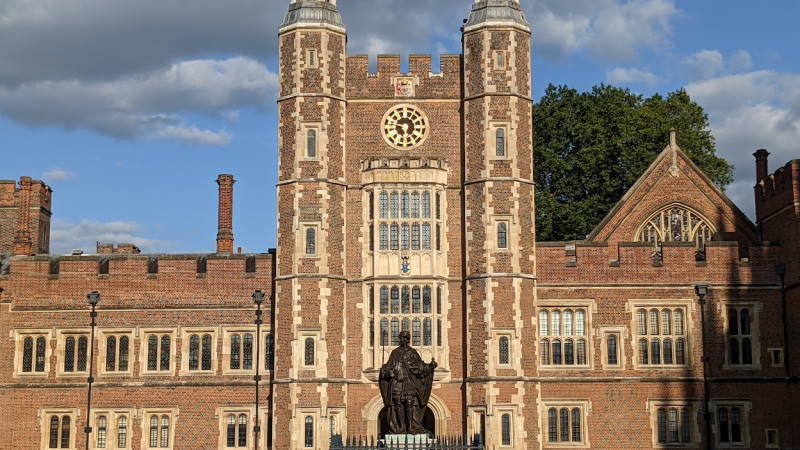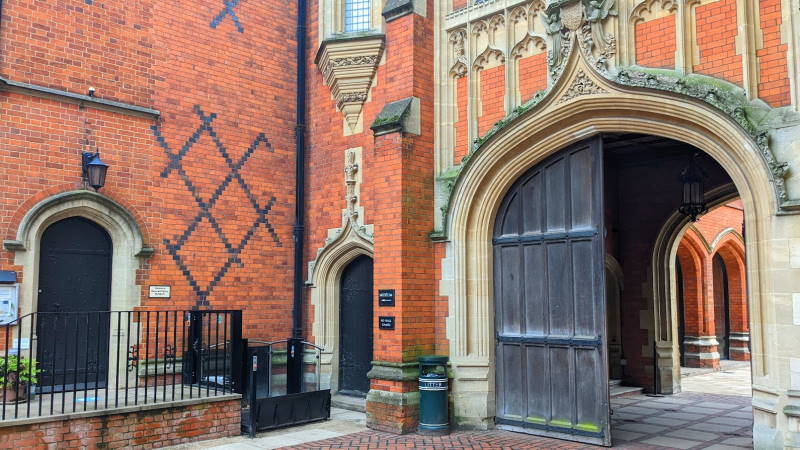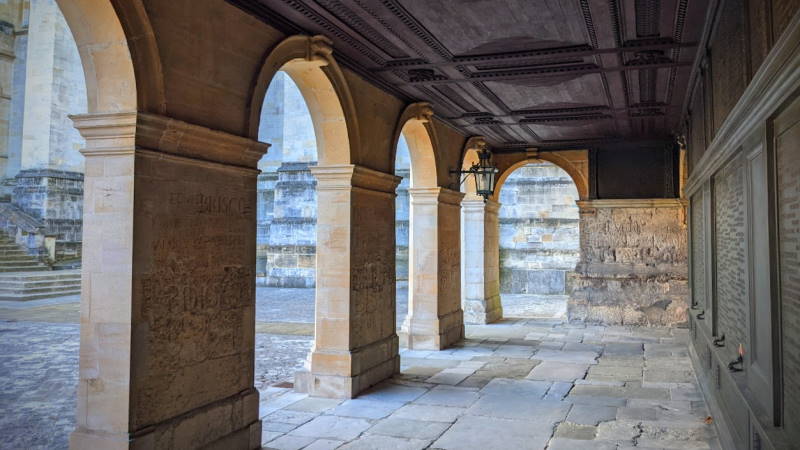Introduction to Eton
A brief introduction to Eton
Eton has been a settlement since at least Saxon times, though Roman and Celtic remains suggest an even earlier origin. It derives its name from Eyot-tun, meaning ‘settlement on an island”. It was originally bounded by the Thames and several streams, and thus relatively safe from attack. Traces of the Saxon settlement survive. There are large commons and areas of Lammas lands where householders were allowed to graze two beasts between August and October.
At the time of Domesday (1086), ‘Ettone’ was listed as having two mills, a meadow, woodland and fisheries. The settlement first concentrated on the higher land and quickly spread along the present High Street during the Middle Ages in response to the growth of Windsor.
In 1826 the decision was taken to reject a plan to enclose the parish land. This parish is one of the few still containing Lammas land, one reason why a rail connection to the town was delayed. However the Windsor Branch rail viaduct was completed in 1849, running through College land. These Lammas lands also served to protect the town from encroaching Slough industrialism.
The Thames has always been more of a link than a barrier. Initially, Eton flourished due to fish farming. The stones used to build Eton College Chapel were conveyed here by barge. The first bridge was built in about 1170, while the present bridge opened in 1822. It was freed from tolls in1898, and closed to traffic in 1970.




Eton High Street leads from the bridge through the town to the College. Many royal processions have made their way along the High Street, most notably the funeral procession of Jane Seymour, Henry VIII’s third wife, in 1537.
Henry VI founded Eton College by charter in 1440. He was a shy and peace-loving man, then aged 18. He loved Windsor and so converted the parish church on the other side of the Thames into a Collegiate Church, a corporate body with the right to hold land and collect revenues. He endowed the Provost and Fellows with considerable estates spread across England. The King founded not only the school but also created a centre of pilgrimage, modelling the new college on Winchester, founded by William of Wykeham.
Under a decree of the Founder, there were to be 70 King’s Scholars, who were educated for free and housed in College. Outside College itself, so-called Oppidans were lodged in houses in the town and received the same education.
Originally these houses were run by Dames, but more recently by House Masters. Today there are 24 boarding houses for Oppidans and over 1,300 boys in all.

